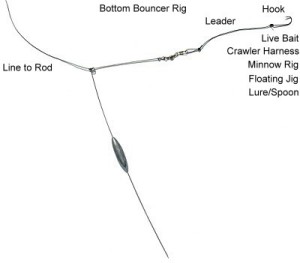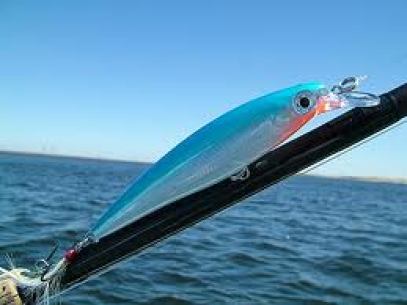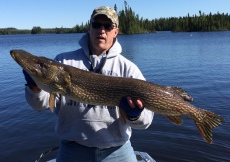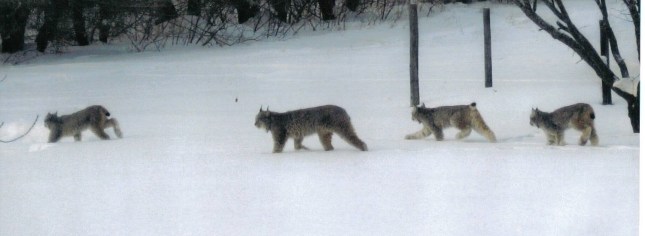Vertical jigging can be an invaluable technique, especially when it is placed into the mix with trolling, casting and static-line methods. It can be another powerful weapon in the angler’s arsenal, but, unfortunately, it is perhaps not used as frequently as it should be.
The advocates of vertical jigging state that not only is it a fun-filled way to while away the hours, but it is also a highly productive way to fish. Many anglers dramatically increase their success rate when they begin to use a vertical jig.
In fact, in some locations, vertical jigging is not simply one of the beneficial tactics, but it is the most productive method of fishing for walleye. The advantages of vertical jigging are numerous. For example, it is widely accepted as a cost-effective technique. In addition, it only requires a small amount of physical exertion and, most importantly, it is a basic approach that can be adopted by anybody.
 The success of vertical jigging is made possible through the accuracy of the technique. Rather than trolling wide expanses of water, it is required that the angler does a little research first. By establishing the structure of the lake or river that you are fishing in, you can locate the positions that are most likely to contain the walleye. Of course, if you have radar equipment, then you will find pinpointing the walleye spots even more easy, but this is not necessary and a comprehensive map of the water should be sufficient.
The success of vertical jigging is made possible through the accuracy of the technique. Rather than trolling wide expanses of water, it is required that the angler does a little research first. By establishing the structure of the lake or river that you are fishing in, you can locate the positions that are most likely to contain the walleye. Of course, if you have radar equipment, then you will find pinpointing the walleye spots even more easy, but this is not necessary and a comprehensive map of the water should be sufficient.
There will be times when establishing the position of the fish leads you to the deep sections of the lake or river. If you are fishing for walleye in particularly deep waters, you may wish to consider using a partial glow head and spinner blade on your jig, as this is a great combination for deep fishing or trolling.
In terms of bait, when it comes to vertical jigging it really is a matter of choice. Any bait can be used, so, if you find that minnows, crawlers or leeches work best for you then, by all means, use any of those. Personal preference is such a large part of successful fishing.
More good news for beginners is that vertical jigging can allow for a margin of error. In other words, if you have let a walleye get away, but you know it is still  under your boat, the vertical rig allows you to get right under the boat to try for a second chance. With many presentations, you may not expect to get a bite until the bait has reached the lakebed. However, with the vertical jig, you are just as likely to find success as the bait is on its way down. Subsequently, it is always a good idea to be prepared for those walleye.
under your boat, the vertical rig allows you to get right under the boat to try for a second chance. With many presentations, you may not expect to get a bite until the bait has reached the lakebed. However, with the vertical jig, you are just as likely to find success as the bait is on its way down. Subsequently, it is always a good idea to be prepared for those walleye.
Vertical jigging, or V-jigging as it is sometimes known, is an extremely enjoyable way to fish. It relies heavily on skill and technique, which is hugely satisfying for an angler. However, that does not mean to say that it is difficult to learn. Even beginners can take to vertical jigging and can be extremely successful with this method
Follow our HUNTING BLOG
WEB RATES FISH HUNT CABINS PHOTOS
TESTIMONIALS BROCHURE HUNT BOOKLET









































![8-18-10-shore-lunch1[1]](https://wawangresort.files.wordpress.com/2013/07/8-18-10-shore-lunch11.jpg?w=645&h=430)



![8-18-10-shore-lunch2[1]](https://wawangresort.files.wordpress.com/2013/07/8-18-10-shore-lunch21.jpg?w=645&h=430)


